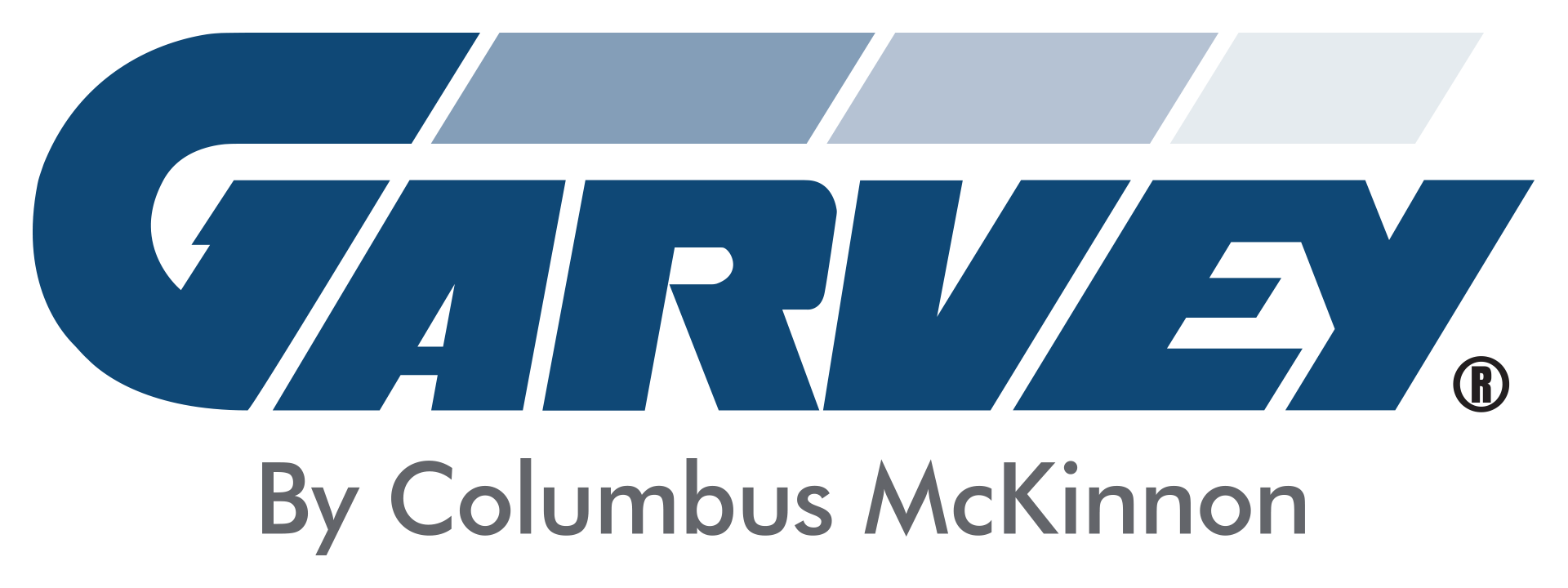When it comes down to it, manufacturing is all about numbers. Throughput rates are an indicator of factory performance. It shows production efficiency and how well the factory can accommodate customer demand.
Failing to meet throughput targets can impact other areas of operations throughout your supply chain. Missing customer deliveries and disruptions to production planning, inventory control, and purchasing negatively impact profits. These interruptions highlight what augmentations need to be made to your manufacturing process to improve throughput in the future.
How is Throughput Defined?
Any seasoned operator will tell you that throughput is defined as the amount of product passing through a manufacturing process in a given period. This metric only counts finished products, not those in progress, and is usually understood as the work completion rate. Throughput is often looked at as an indicator of productivity, and tracking it impacts your business performance as a whole.
Critically evaluating your manufacturing process and implementing changes can increase work capacity and speed up the product. Below, let’s expand on the most common and impactful ways manufacturers can improve throughput.
1. Inspect Your Workflow
The best way to understand manufacturing throughput is to create a map of your manufacturing workflow. There are three main areas you should focus on in your evaluation:
- Labor – Inspect how well your staff knows their objectives, if you have enough positions filled, and efficient managerial support to stay on top of projects.
- Equipment – Analyze your equipment and how well it suits your current needs. Is everything in good condition and are you recording maintenance?
- Processes – Ensure that all operations are mapped and understood by operators. Note where pain points and bottlenecks are occurring during production.
Having a clear, defined understanding of how your processes operate helps you find strengths and challenges in your production line. Knowing where you currently stand is key to creating an actionable plan for immediate improvements and future growth.
Many businesses rely on an ERP or other software systems to gather data and monitor activity on the production floor. Reviewing this information is critical, but having an outside perspective can provide further insight into your operations. A free Line Analysis from efficiency experts can help organizations pinpoint production line issues and offer equipment recommendations.
2. Find and Eliminate Bottlenecks
Having a well-defined workflow makes spotting bottlenecks easier. Usually, improving communication between line works and equipment significantly reduces bottlenecks. Collecting machine data and employee feedback about jams can pinpoint the root cause.
You can implement a prevention plan once the problem is understood. The right solution depends on various factors, including floor space, equipment, and workflow process. Adjusting cycle times or the position and sequence of your production line can eliminate bottlenecks if the changes are made using the intel discovered from the workflow.
3. Focus on Education and Employee Training
Frontline employees have a significant impact on the efficiency and quality of any manufacturing process. Having a clear and concise orientation and training process is key to ensuring employees are equipped for success from day one.
Every manufacturing facility has a nuanced processing method. Having documentation and step-by-step direction on how the entire production process operates helps employees spot mistakes faster. Education enables workers to communicate effectively and make changes that save downtime and reduce setup.
Education is a revolving door. It is critical to train new employees and listen to veteran employees’ input. Collecting data from your employees about the patterns they observe every day is essential for improving throughput.
4. Reduce Rejection Rate
While raw manufacturing capacity is important, simply having a high output doesn’t necessarily mean you’ll meet throughput goals. Part rejection can cause waste and missed quotas.
The best way to eliminate damage is to use your workflow to uncover what production areas cause the most problems. By identifying and correcting these challenges, manufacturers can not only increase throughput by eliminating waste but also improve customer satisfaction.
For example, products on grocery store shelves for customer consumption need to be pristine. A dented can or plastic bottle can cause customers to reject the product, leaving food and beverage distributors with unmoveable stock. Utilizing equipment that eliminates back pressure on products can significantly reduce damage and product rejection rate.
5. Adhere to Preventative Maintenance
Ignoring regular maintenance is the fastest way to slow down production and create hazards. Equipment that isn’t properly inspected and maintained has a high risk of failure. Scheduled downtime for maintenance is much less costly than downtime due to broken equipment.
Monitored and expected downtime for maintenance is easier to calculate into your ROI and helps ensure your equipment is in line with your manufacturing goals. Preventative maintenance enables you to make incremental changes that can significantly improve operations, fostering a culture of continuous improvement.
If you need assistance identifying and solving potential equipment issues, preventative maintenance programs can help.




